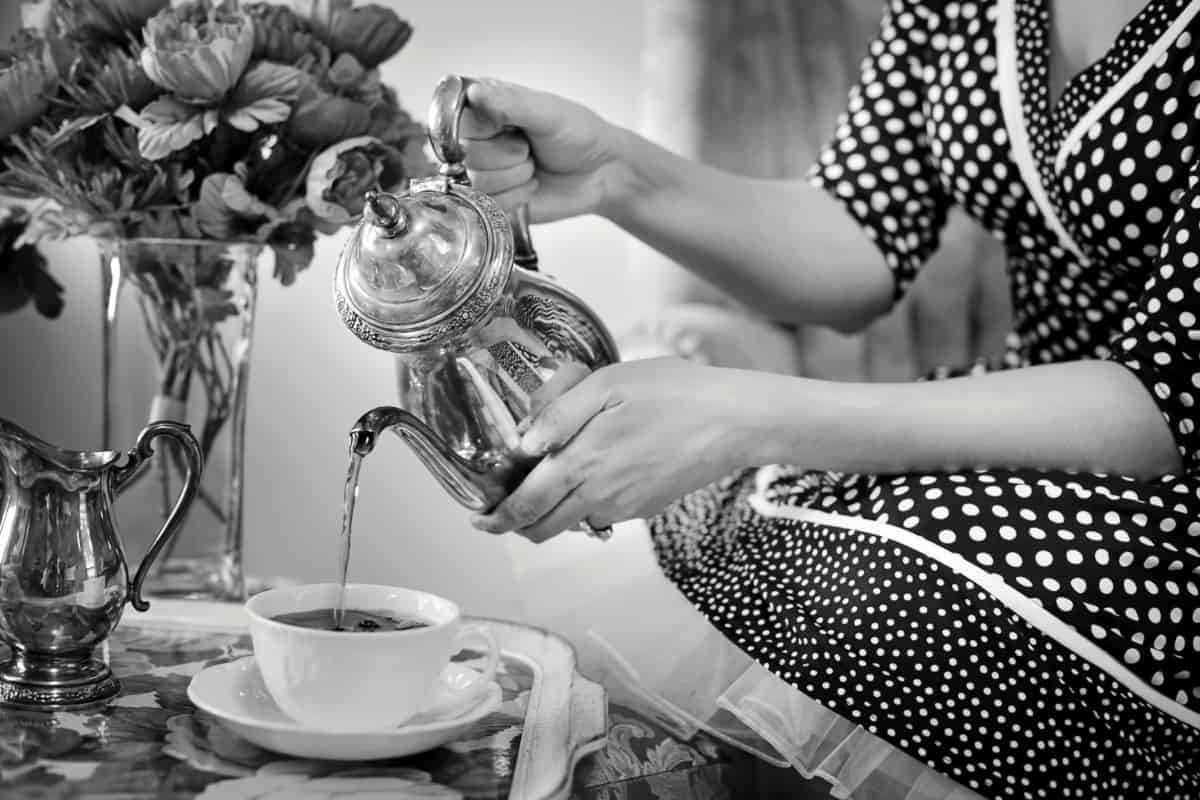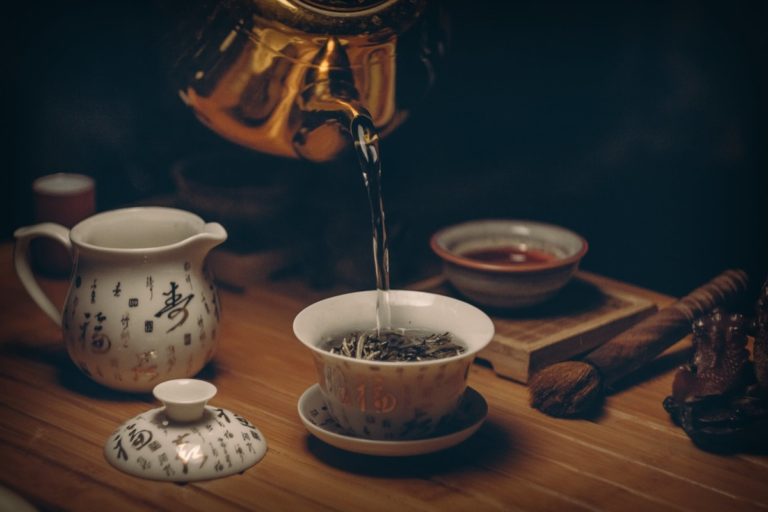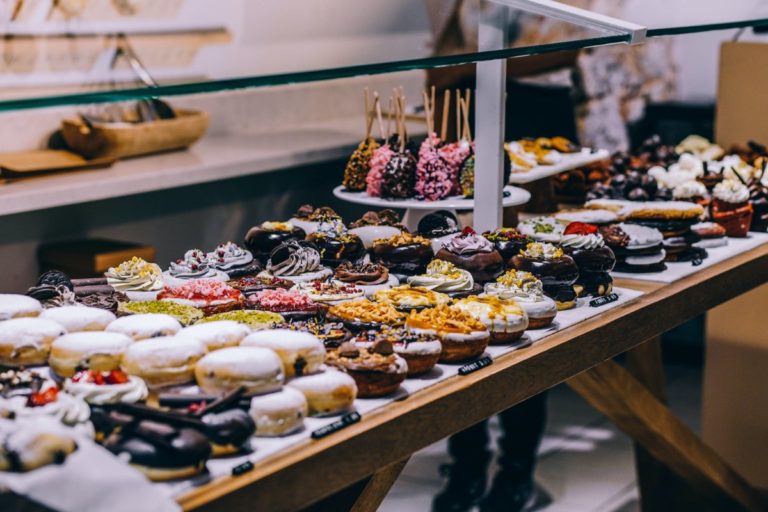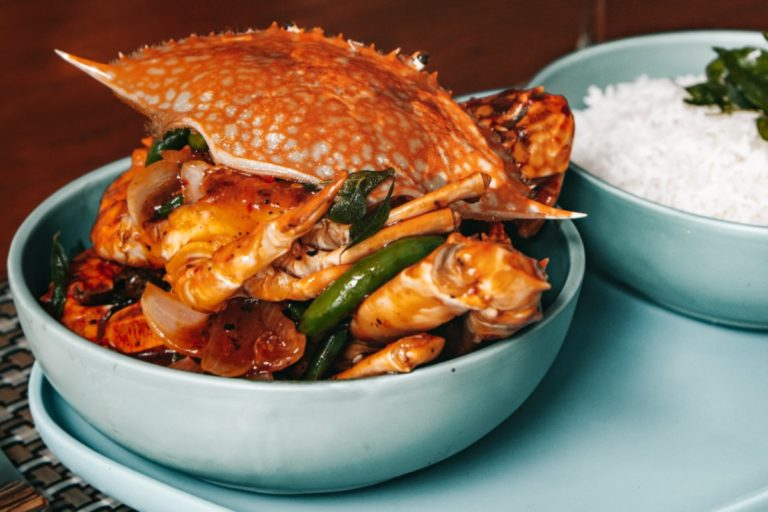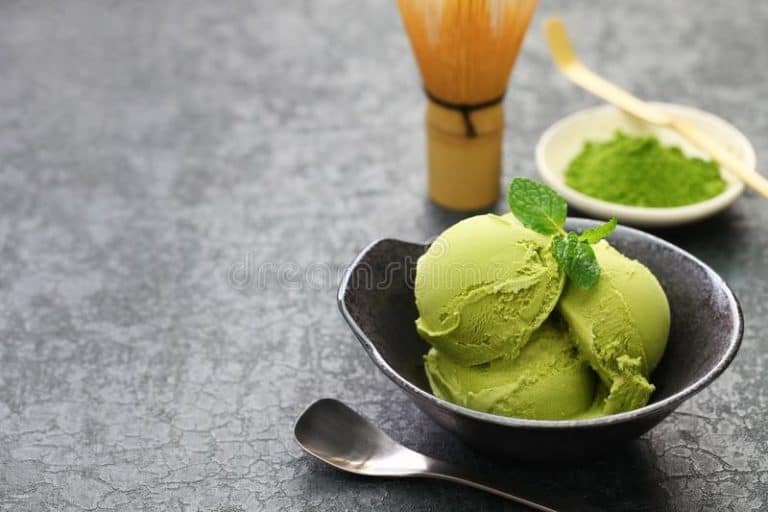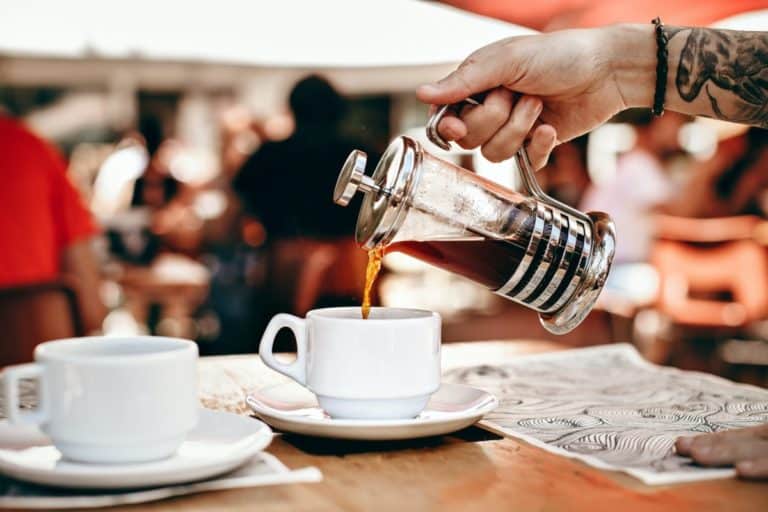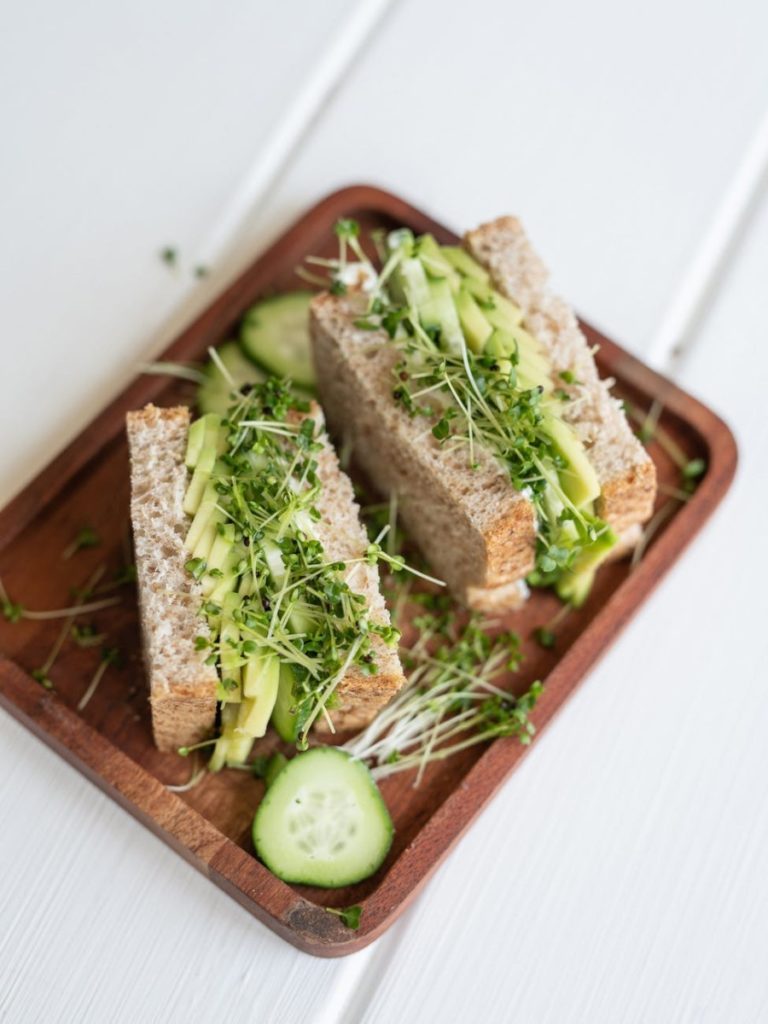History Of Tea Rooms In America
An intriguing look back at the early days of the American tea parlor, when they might be found in hotels and department shops, as well as on city boulevards and rural roads.
In the early 20th century, tea rooms served as cozy retreats for women who dared to go out into a society dominated by males. In addition to this, they made it possible for women who worked from home to generate money by using the domestic and social abilities they had. In the early days, many tea shops were housed in the owners’ own residences. The potential proprietors of tea rooms were cautioned in one guideline to check the restroom each morning before opening for business to ensure that family toothbrushes had been removed.
History Of Tea Rooms In America
In the first half of the 20th century, tea rooms had an incredible amount of popularity. Their past is almost entirely lost, despite the fact that it is a fascinating component of the history of women. The vast majority were run or owned by females. Nearly everyone, from pre-service teachers to new college grads to stay-at-home moms, had ambitions of starting their own business. The majority of customers at the tea room were likewise female. Tea rooms were the place to go for a social gathering for women in the 1920s, particularly as the smaller villages, larger cities, and suburban areas all had one.

The Tarpot tea room, Boothbay Harbor Maine

Jungle Hotel and Country Club, St. Petersburg
The tradition of having meals outside was made popular by tea shops. The afternoon tea patrons at hotels located in warm areas were provided with colorful umbrellas, while the guests of wayside cottages had tables set up on their front porches or beneath trees. In 1923, the restaurant Edna Ferguson’s T House in Magnolia, Massachusetts advertised that it had “Unusually wonderful home food served on shady lawns and piazzas.”

The MacDonald tea room, Salem, Massachusetts
This tea business was located at 249 Essex Street, in a storefront that was very long and very narrow. It is adorned in a manner referred to as “scenographic,” which is meant to resemble a plaza in Spain. This was a fashion that was common in tea houses about the year 1930 and was an excellent way to brighten up a place that was otherwise dull. This particular tea room is of the soda-fountain kind, which gained popularity in the latter half of the 1920s.

The Bird Cage, Wellesley Hills, Massachusetts
The proprietors of tea rooms had a strange affinity with various wildlife species, which was especially apparent in the names they choose for their establishments. The Brown Owl, the Ragged Robin, the Green Pheasant, the Gray Lion, the Nine Owls, the Green Parrot, the Blue Horse, the Ugly Duckling, the Russian Bear, the Sea Gull, the Cheshire Cat, the White Rabbit, the Red Squirrel, the Blue Parrot, the Yellow Cat, and the Jolly Jay are some examples.
Department Store Tea Rooms
It never ceases to amaze me how many people, both male and female, report that visiting the tea rooms of department stores brings back fond memories of their youth and of long-ago meals had with their moms, grandparents, and aunts.
Despite the fact that they often had the feeling of being pressured to be on their best behavior at these special dinners in magnificent halls filled with chandeliers and white tablecloths, they have wonderful recollections of these occasions.
Prior to the current rebirth of tea rooms, there were just a handful of tea rooms remaining. The majority of people living now still have fond memories of the tea rooms that were found in department stores. These tea rooms had high ceilings, city vistas, fashion presentations, and cuisine that was prepared on the premises, including potato chips.

The White House, San Francisco, ca. 1920
The tea area at the famous department store owned by Raphael Weill was very stylish. Customers nearly had the impression that they were in the City of Lights.
In the middle of the 1920s, The White House was considered one of the “big 5” department shops in San Francisco. However, it did not survive until the 1960s.

An afternoon tea menu from the Neiman-Marcus Pent House, around the 1930s, described an English Tea as “a tall glass of frosted coffee with our delicious ice cream” while describing an American Tea as “a plate of tiny sandwiches, coffee or tea, and cookies.” Tea has an interesting history, don’t you think?
Tea sandwiches were often provided by department shops, and the fillings for these sandwiches ranged from cucumber and chicken salad to chopped olives and cream cheese, chopped dates and cream cheese, chopped olives, or simply chopped lettuce and mayonnaise (probably home-made before WWII).

Burdine’s Hibiscus Tea Room, Miami, 1950s
In the 1920s, one of the most popular things to do in Miami was to dine on Burdine’s tea roof, which was known for having the biggest canopy roof of any restaurant in the United States at the time.
After World War II, the tea room, which was now located indoors and was equipped with air conditioning, developed a snow princess ice cream dessert for girls and then, in response to customer demand, developed a clown dessert for boys (for more information, see It’s Better at Burdine’s by Roberta Morgan, published by The Pickering Press in Miami in 1991).
Keeping the children happy
The majority of department shops offered special meals for youngsters. In point of fact, the tea rooms found in department stores were among the first to appeal to youngsters.
This menu is from Daniels & Fisher, which was located in Denver and most likely dates back to the 1950s. Peanut butter, bacon, lettuce, and tomato, ham salad, sliced chicken or egg, cheese, or baked ham are some of the options for sandwiches. There was a selection of hot items available, such as a poached egg on toast, spinach with a slice of bacon, or a platter of fresh vegetables.
In the days before hamburgers were popular, other dishes that were common on children’s menus included creamed chicken on toast, filet of sole, fruit salad, “red cow” drinks (milk that had been colored red), grilled cheese sandwiches, and baked custard.
Tea Menus
Serving solely afternoon tea was too difficult to be profitable for most tea houses in the early 20th century, with the exception of those located in hotels. Although some establishments did not serve tea at all, the ones that did often offered something relatively straightforward, such as cinnamon toast or ice cream with cookies. Because larger meals resulted in more earnings, tea houses quickly transformed into elegant lunch locations or specialized restaurants where one might go for Sunday supper. In most cases, they relied on straightforward culinary techniques that could be obtained elsewhere. Once upon a time, salads were held in high regard, and stuffed tomatoes were considered to be the height of culinary achievement on tea room menus.


There are multiple pages of salads, sandwiches, and desserts included inside this hand-colored and miniature menu. The Quinby Inn was known for its extensive selection of salads and listed 22 of them on its menu. Many of the salads had a combination of fruit, cheese, and whipped cream.
- 1. Golden West Salad (50c) — Chilled apricots filled with diced marshmallows, pecan meats & whipped cream.
- 3. Neopolitan Salad (45c) — Diced apple, chopped celery, nuts, and dates combined with mayonnaise & garnished with pimiento strips.
- 8. Shamrock Salad (45c) — Rings of green pepper stuffed with cream cheese, nuts, celery & stuffed olives. Served with mayonnaise.
Is it any surprise that many individuals who had lunch in a tea shop stated that they were still hungry after eating?
Cakes, cakes, cakes — a perennial feature of tea room cuisine, perhaps based on the belief that women preferred cake while the pie was #1 with men.
TEA ROOM CAKE FAVORITES
- Hartford Election Cake
- Lady Baltimore Cake
- Devil’s Food Cake
- Angel Food Cake
- Toasted Sponge Cake
- Orange Cream Cake
- Rhubarb Upside Down Cake
BUT WOE TO THOSE TEA ROOMS THAT SERVED stale or store-bought cake!

